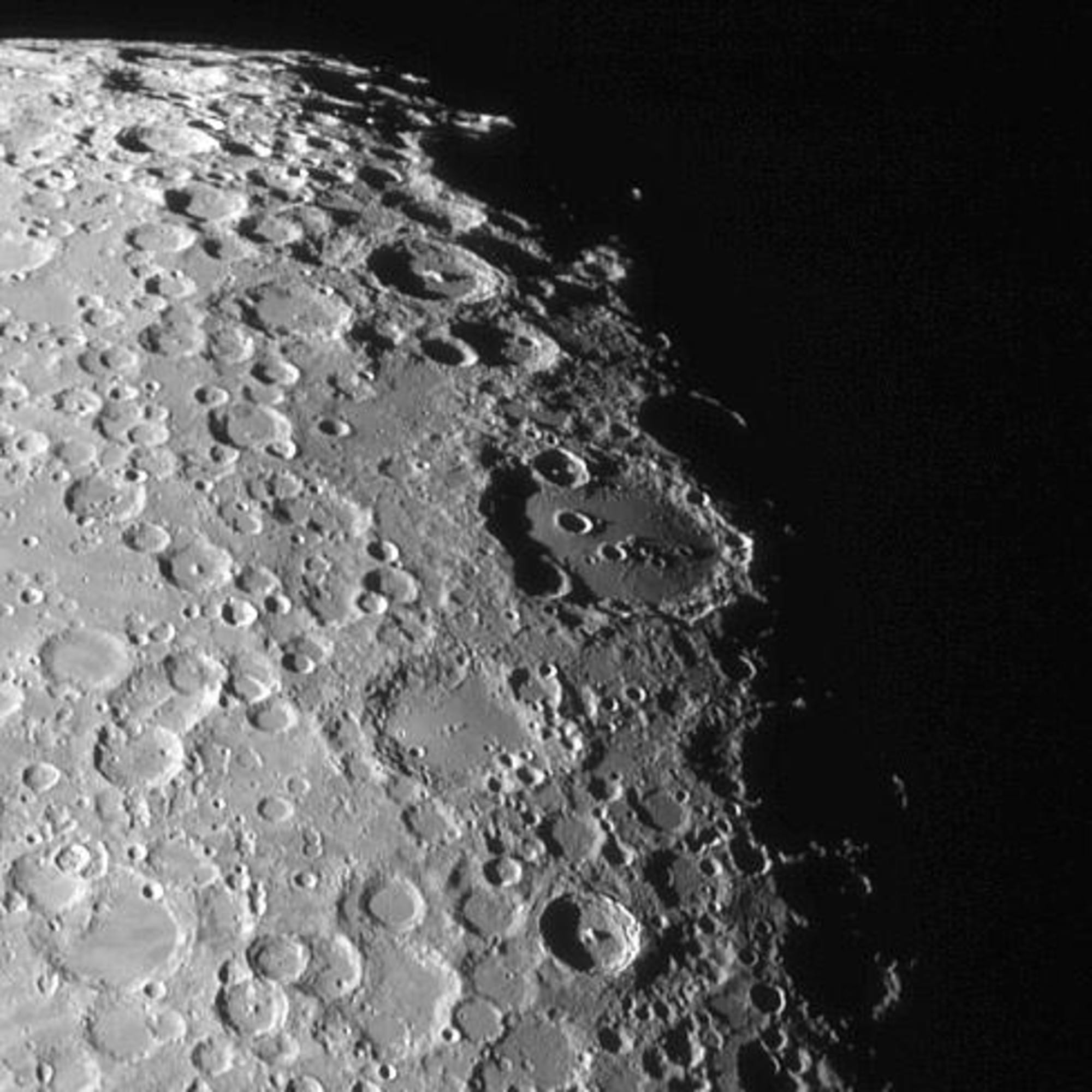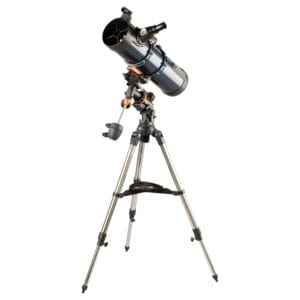Buying a telescope literally opens up a new world. The moon comes to life, Saturn’s rings become visible, and in dark skies, you can even see distant nebulae and galaxies. But before ordering a telescope, it’s important to understand what you’re buying. Not every telescope is suitable for your goals, and wrong choices often lead to frustration.
In this guide, we clearly explain how a telescope works, the differences between popular models, and how to make an informed choice based on your needs.
How Does a Telescope Work?
A telescope is an optical instrument that collects light. The more light, the better you see, literally. This happens through lenses (refractors) or mirrors (reflectors). The image is then magnified through the eyepiece: the lens you look through.
The result? You see details invisible to the naked eye, like moon craters, Jupiter’s cloud bands, or the Orion Nebula.
But note: more magnification doesn’t necessarily mean better image quality. Quality mainly depends on the aperture the diameter of the lens or mirror that captures light. The larger the aperture, the brighter and sharper the image.
Which Type of Telescope is Right for You?
When buying a telescope, it’s crucial to know how you want to observe. Do you want to look traditionally through an eyepiece? Or would you prefer to see the image directly on your smartphone?
Dobsonian Telescopes: Classic, Educational, and Powerful
Dobsonians are popular with both beginners and advanced users. They’re easy to operate, offer large aperture for a relatively low price, and provide clear views of both planets and deep-sky objects. Perfect for those who want to learn to navigate the night sky.
Compact models like the Sky-Watcher Heritage 130/650 are ideal for home use and travel.
Larger variants like the 150/750 give you that extra bit of light gathering power.
Note: the larger the aperture (for example 150 mm), the more you’ll see provided the sky is dark enough.
Smart Telescopes: Digital, Fast, and Versatile
Would you rather see images directly on your phone or tablet, without alignment or searching? Smart telescopes like the Seestar S50 or DWARF 3 automatically find celestial objects, focus, and display live images. You can even take photos and automatically stack them for deep-sky results.
Easy to use, but: if you want to dive deeper into astrophotography, you’ll still encounter technical terms like EQ mode or field rotation. Smart telescopes aren’t toys, but powerful tools, especially for those wanting to start with imaging.
Light Pollution: more Important than You Think (or not)
Planets, the moon, and bright stars are visible even above the city. So if you live in a light-polluted area? No problem if your interest lies mainly with the moon or Saturn.
However, if you want to observe nebulae, galaxies, or clusters (the so-called deep-sky objects)? Then dark skies are important. Don’t worry, if you live in the city you’ll still get impressive views.
Important Factors when Buying a Telescope
Buying a telescope isn’t an impulse purchase. Consider these three points:
Aperture over magnification: a telescope with 130mm aperture often performs better than one that “magnifies” 400x but only has 60mm aperture. (As often advertised on Bol.com or Amazon)
Good accessories: Eyepieces determine what you see. Choose wisely.
Stable mount: instability is the biggest frustration for beginners. Choose a solid foundation, like a Dobsonian mount, or a smart telescope with internal stabilization.
Our Recommendations
For classic stargazing:
Sky-Watcher Heritage 130/650 or 150/750 – pure optics, excellent for learning constellations
Celestron StarSense Explorer LT 114AZ – hybrid: eyepiece experience with smart search function
For digital and photography-oriented use:
Seestar S50 – user-friendly and complete
DWARF 3 – more control and better deep-sky performance
Buying a Telescope? Choose Wisely
At telescoop.nl, you don’t choose from 300 random models, but from a carefully selected range that we test ourselves. We advise based on experience, customer data, and the real needs of beginners. No empty promises, just telescopes that deliver what they promise.
Want to know which telescope suits you best? Use our telescope selection guide and start stargazing today in a way that suits you.








